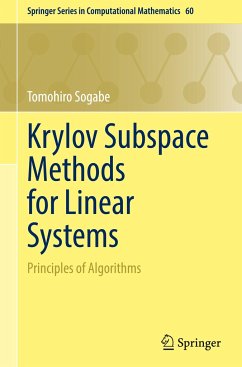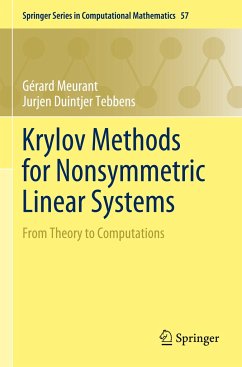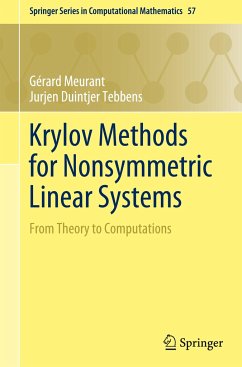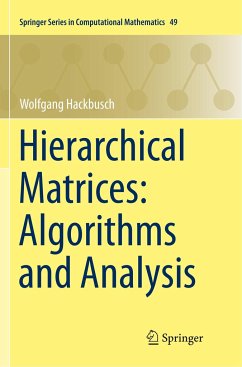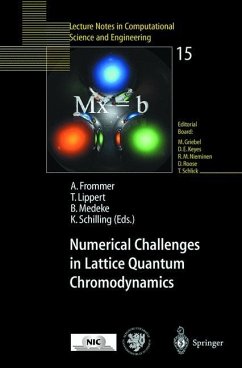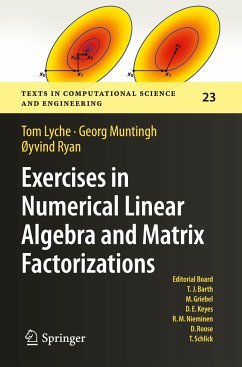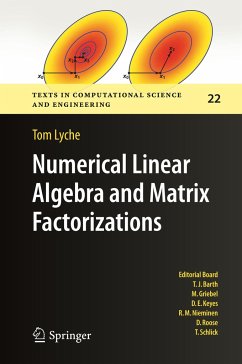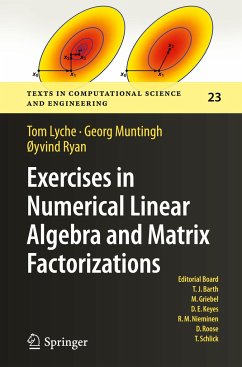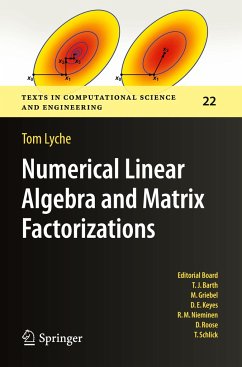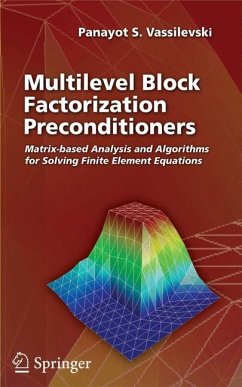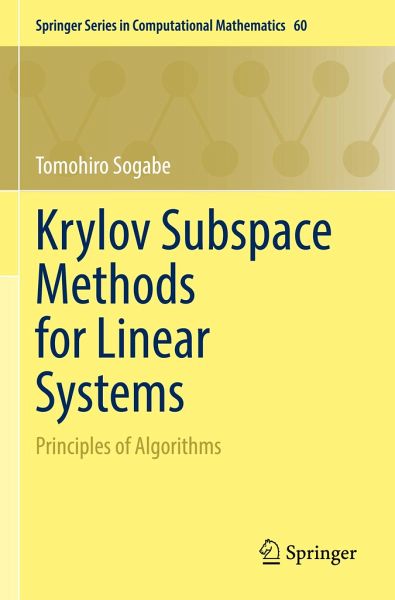
Krylov Subspace Methods for Linear Systems
Principles of Algorithms
Versandkostenfrei!
Versandfertig in 6-10 Tagen
98,99 €
inkl. MwSt.
Weitere Ausgaben:

PAYBACK Punkte
49 °P sammeln!
This book focuses on Krylov subspace methods for solving linear systems, which are known as one of the top 10 algorithms in the twentieth century, such as Fast Fourier Transform and Quick Sort (SIAM News, 2000). Theoretical aspects of Krylov subspace methods developed in the twentieth century are explained and derived in a concise and unified way. Furthermore, some Krylov subspace methods in the twenty-first century are described in detail, such as the COCR method for complex symmetric linear systems, the BiCR method, and the IDR(s) method for non-Hermitian linear systems.The strength of the b...
This book focuses on Krylov subspace methods for solving linear systems, which are known as one of the top 10 algorithms in the twentieth century, such as Fast Fourier Transform and Quick Sort (SIAM News, 2000). Theoretical aspects of Krylov subspace methods developed in the twentieth century are explained and derived in a concise and unified way. Furthermore, some Krylov subspace methods in the twenty-first century are described in detail, such as the COCR method for complex symmetric linear systems, the BiCR method, and the IDR(s) method for non-Hermitian linear systems.
The strength of the book is not only in describing principles of Krylov subspace methods but in providing a variety of applications: shifted linear systems and matrix functions from the theoretical point of view, as well as partial differential equations, computational physics, computational particle physics, optimizations, and machine learning from a practical point of view.
The book is self-contained in that basic necessary concepts of numerical linear algebra are explained, making it suitable for senior undergraduates, postgraduates, and researchers in mathematics, engineering, and computational science. Readers will find it a useful resource for understanding the principles and properties of Krylov subspace methods and correctly using those methods for solving problems in the future.
The strength of the book is not only in describing principles of Krylov subspace methods but in providing a variety of applications: shifted linear systems and matrix functions from the theoretical point of view, as well as partial differential equations, computational physics, computational particle physics, optimizations, and machine learning from a practical point of view.
The book is self-contained in that basic necessary concepts of numerical linear algebra are explained, making it suitable for senior undergraduates, postgraduates, and researchers in mathematics, engineering, and computational science. Readers will find it a useful resource for understanding the principles and properties of Krylov subspace methods and correctly using those methods for solving problems in the future.



